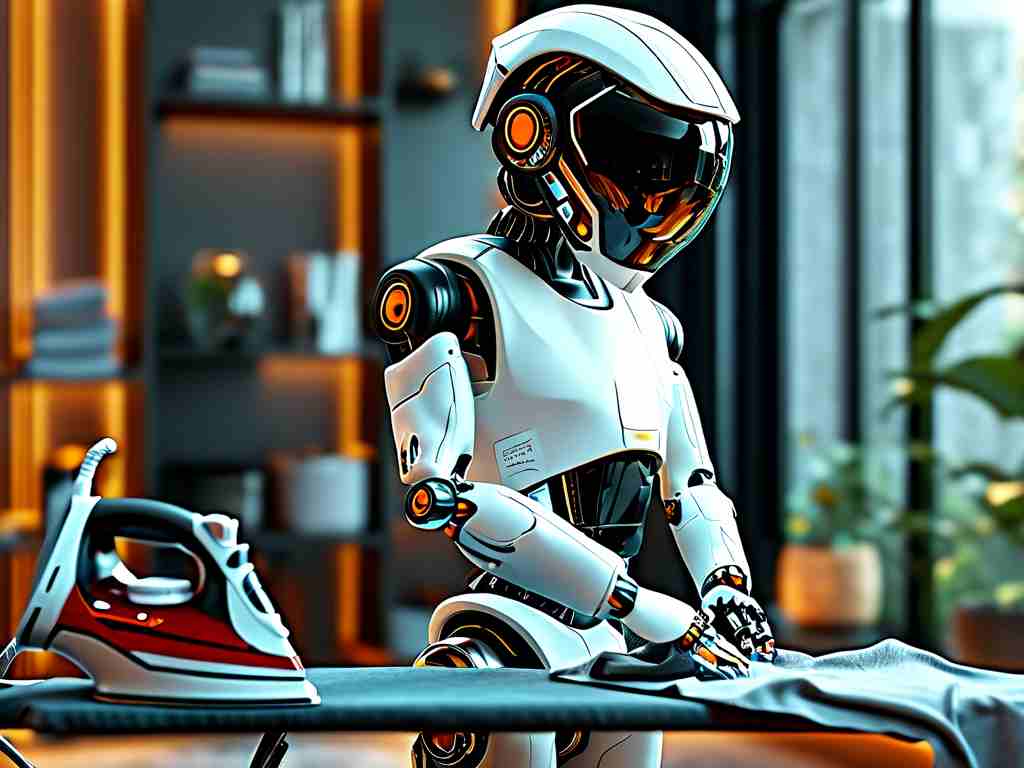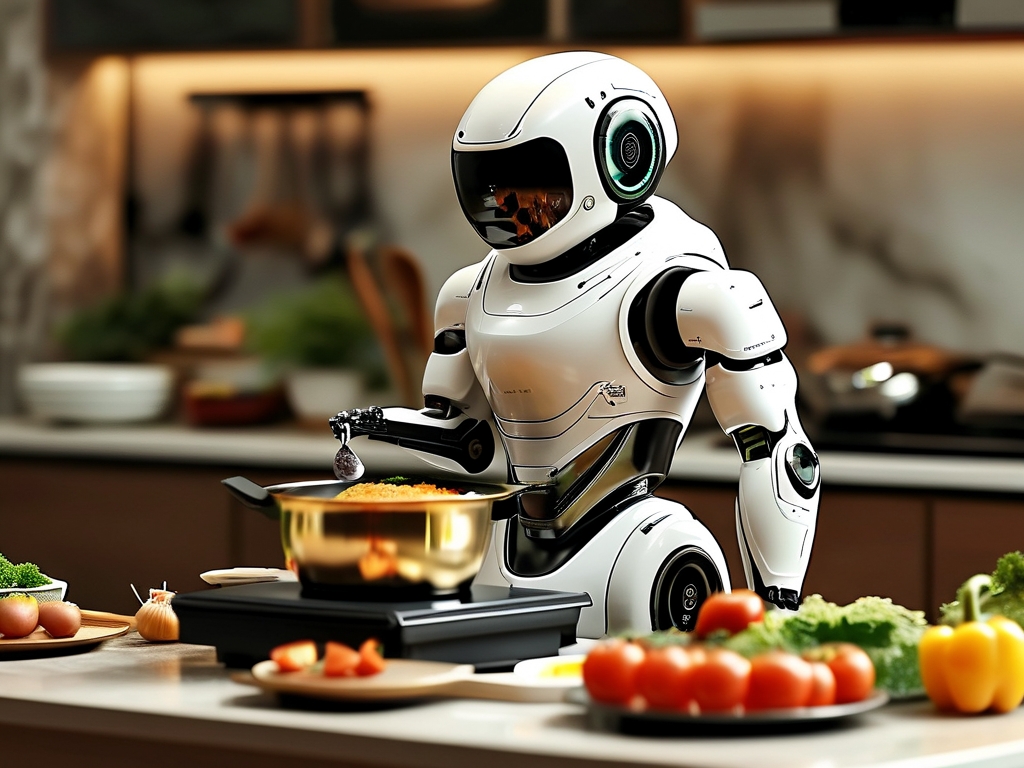The hum of steam and precise mechanical movements are redefining a chore humans have performed for centuries. Robotic ironing technology, once confined to industrial settings, is now making waves in household applications. This innovation combines advanced computer vision, pressure-sensitive actuators, and machine learning algorithms to handle fabrics ranging from delicate silks to heavy denim with surgical precision.

At the core of this technology lies multi-layered fabric recognition systems. Unlike traditional irons that apply uniform heat, robotic systems analyze thread density, moisture content, and fiber composition through integrated spectral sensors. The Tokyo Institute of Technology recently demonstrated a prototype that adjusts steam output dynamically, reducing energy consumption by 37% compared to conventional methods while preventing scorch marks.
Commercial implementations reveal surprising adaptability. The Effie Home Station, deployed in Singaporean smart apartments, completes a full load of wrinkled shirts in 12 minutes while consuming less power than a standard hair dryer. Its articulated arms utilize proprietary "wrinkle mapping" software that identifies compression points along garment seams – a technique borrowed from automotive panel-forming robots.
Challenges persist in handling non-standard clothing items. Knitted sweaters and pleated skirts initially caused algorithmic headaches until developers implemented deformable mesh modeling. The breakthrough came from an unexpected source: NASA's asteroid sample collection systems, which inspired adaptive surface contouring mechanisms now used in premium models like Siemens' DressCare 9000.
Environmental impacts are drawing equal attention. Water recycling systems in units like LG's Styler S3 capture and filter 92% of used steam, addressing sustainability concerns. Meanwhile, fabric longevity tests show robotic pressing causes 40% less fiber stress than human ironing, according to 2023 data from the International Textile Preservation Society.
The market trajectory suggests explosive growth. Juniper Research forecasts 18 million smart ironing units will ship globally by 2027, driven by dual-income households and luxury rental markets. Interestingly, 23% of early adopters report using the technology for non-clothing applications – steaming curtains, table linens, and even pet bedding.
Critics highlight potential job displacement in commercial laundry sectors, though manufacturers counter that the technology creates new roles in maintenance and AI training. The more pressing concern involves cybersecurity – a hacked ironing bot could theoretically damage entire wardrobes. Leading brands now implement blockchain-verified firmware updates to address these vulnerabilities.
Looking ahead, integration with other smart home systems appears inevitable. Experimental models already sync with weather apps to adjust fabric stiffness based on humidity forecasts. The next frontier may involve bioprinted fabrics that "remember" robotic pressing patterns, potentially eliminating ironing needs altogether. As these systems evolve, they're not just pressing clothes – they're reshaping our relationship with domestic technology.


